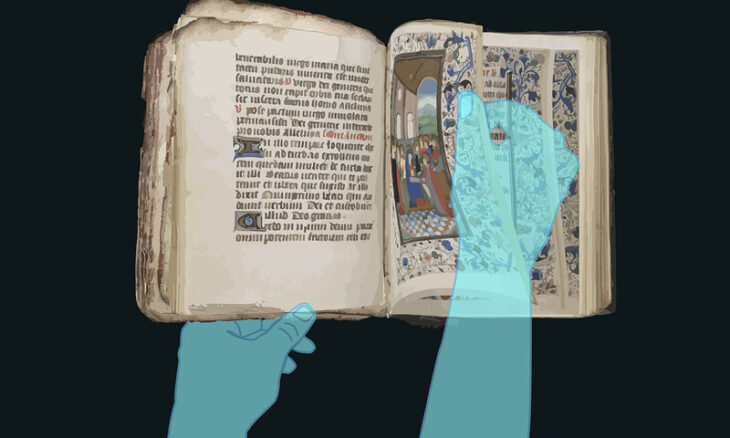People rarely get the opportunity to handle the 15th – century book of hours and visually discover the world in which it was originally used. However, scholars at the USC Dornsife College of Letters, Arts and Sciences are working on a project where they are using virtual reality technology to let users hold and explore the book. They are providing people the chance to witness a virtual recreation of the room in which the book’s owner might have used. Users can also experience the owner’s daily experience at the beguinage, a community of religious laywomen.
Sabina Zonno, USC – Huntington Early Modern Studies Institute’s visiting postdoctoral scholar and the project’s co-leader, thinks that technology can help to reach more people and engage those who do not have much idea about these manuscripts. Through technology, people can explore them in an appealing and intriguing way. The National Endowment for the Humanities’ Office of Digital Humanities granted $50,000 to this project the past summer.
Lynn Dodd, who co-leads the venture with Zonno, talked about the importance of the connection between space and object. She said that their project aims to reconnect the manuscript and its images to the place where it was first read.
Building a World For the Manuscript
For developing a VR for the manuscript and its context, Dodd and Zono will first take numerous still photography images of the beguinage and the manuscript. Eric Hanson, USC School of Cinematic Arts’ associate professor of cinematic practice, will assist them Zono and Dodd. They will utilize the photographs to create three-dimensional models and then bring them to a game engine unit. It will render them so that one can use them in a VR headset.
Hanson said that VR offers an experience far deeper than that of a movie. He further mentioned that virtual reality lets users have a stronger sense of presence. As one shifts their weight on their feet, they will get varied senses of perspective. Hanson described that there is a remarkable sense of heightened awareness.
Dodd said that the virtual reality experience’s most innovative aspect is the feedback it generates. For instance, a user swiftly flipping through the digital manuscript might get a notice that in real – life, their quick movements would damage or tear the physical book’s pages. Dood also said that the owner cherished and valued the book. She also illustrated that by learning to handle fragile or rare objects in a similar way, not only do people put themselves more wholly in the book’s original owner’s place, but they also learn how to maintain such things so that they last longer.
She further depicted that VR can also help bring people together in the present. For example, a mosque’s prayer session’s digital recreation could display translations of the related songs and prayers and let non-muslim users better understand Islam. She believes that an experience like this can help ‘demystify’ Islam and tackle Islamophobia.










